|
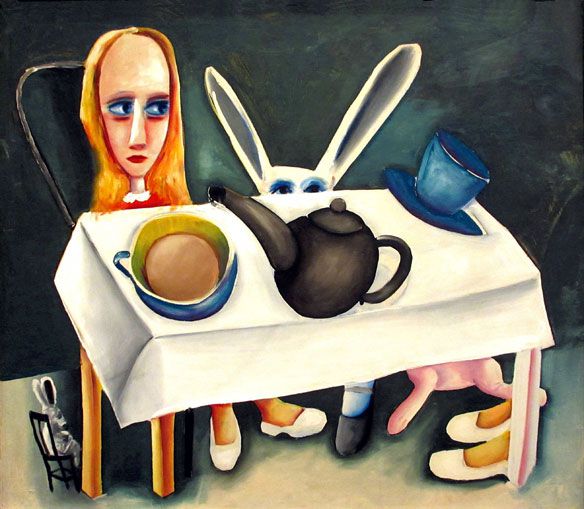 |
Charles BLACKMAN
graphics
-
Sold Out
If you are considering selling Blackman
work of fine art, please
Contact us


|
|
|
|
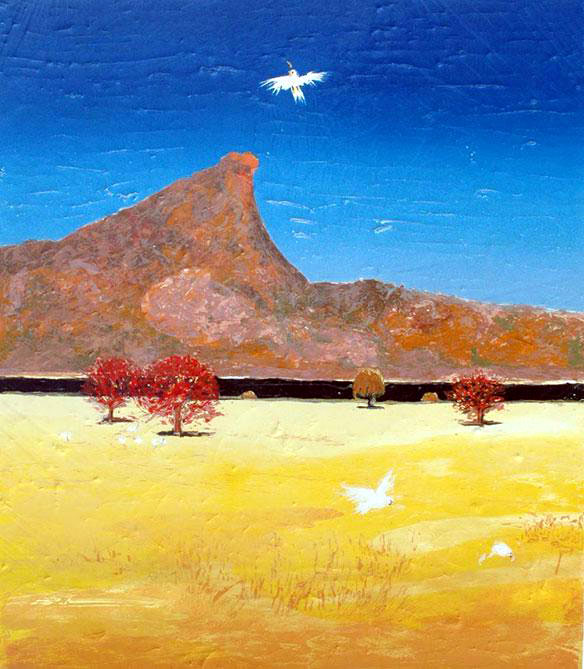 |
Arthur
BOYD graphics
-
Sold Out
If you are considering selling Arthur Boyd
work of fine art, please
Contact us
Video Australian National
News,
BOYD,
ABC TV
Video
Sunday Afternoon,
BOYD
ABC TV

 |
|
|
%20The%20Orchestra.jpg) |
Jamie Boyd
graphics
Jamie BOYD
paintings
the
Boyd family
most important living
artist
Video BOYD, Australian National
News, ABC TV
Video
BOYD Sunday Afternoon,
ABC TV
COLLECTIONS:
National Gallery of
Victoria,
National Gallery of Australia,
Victoria Gallery Museum
Liverpool UK,
Tavistock Centre London,
University
of South Australia,
University of Western
Australia,
Council Adult Education
Melbourne,
Queen Victoria
Museum & Gallery
Launceston,
University of
Liverpool UK,
Artbank,
Bundanon Trust,
|
Owing an original limited edition work of
Jamie BOYD
art
is within your reach
shipping worldwide
|
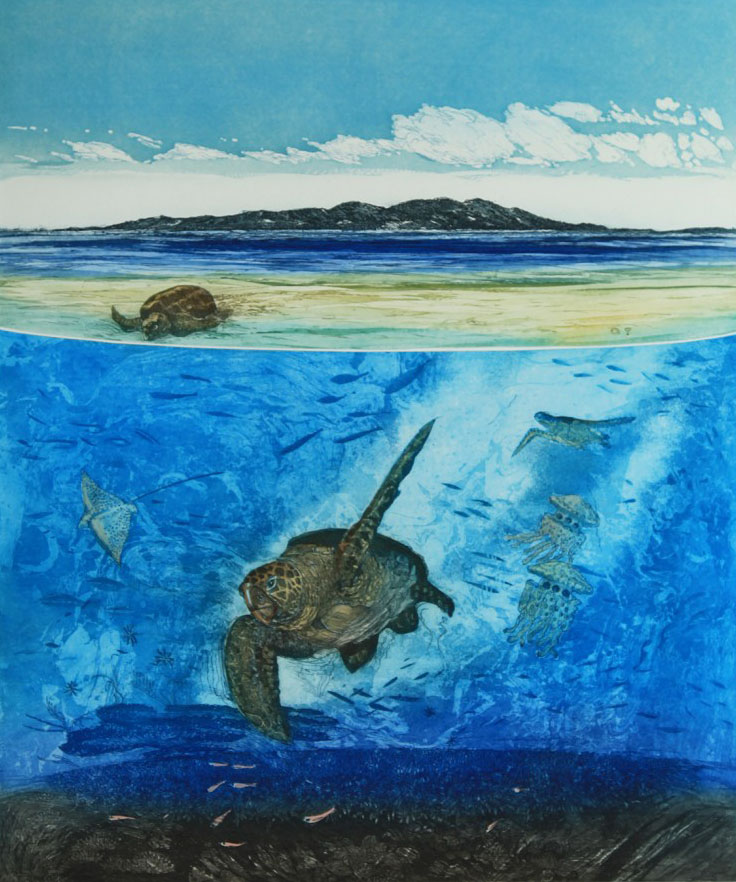 |
Pamela Griffith graphics
Pamela Griffith
paintings
COLLECTIONS:
National Gallery of
Victoria,
National Gallery of Australia,
The Vatican,
Artbank ,
Parliament of Australia,
Earl of Essex Edward,
Powerhouse Museum,
Metropolitan Museum NY,
Musée national de la Marine
Accueil Paris,
Joan Sutherland Performing Arts Centre,
State Library NSW,
Parliament NSW,
Mitchell Shire Libraries,
State Library NSW,
Governor NSW,
Westmead Hospital,
Charles Strut University,
University NSW,
Family Court Australia,
Bundaberg Regional Gallery,
Tamworth Regional Gallery,
Dubbo Regional Gallery,
Bathurst Regional Gallery,
Wollongong City Gallery,
Comalco Rio Tinto |
Owing an original limited edition work of
Pamela Griffith
art is within your reach.
Prices
may change without a prior notice
shipping
worldwide
|
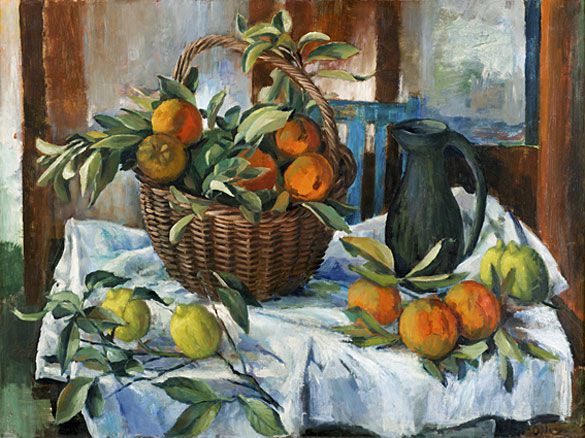 |
Margaret OLLEY
Graphics
-
Sold OUT
If you are considering selling Margaret Olley
work of fine art please
Contact us
one of Australia's most
distinguished artists


|
|
|
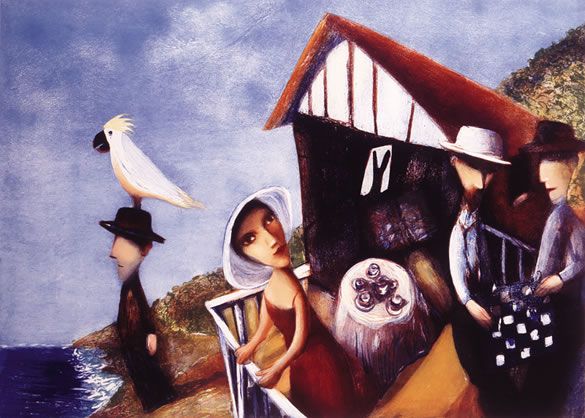 |
Garry Shead
Graphics
-
Sold out
If you are considering selling Garry Shead
work of fine art, please
Contact us
Highly acclaimed artist,
Garry Shead belongs to the group
of the some of the most famous Australians including
Brett Whiteley
|
|
Galeria Aniela specializes in selling quality
ART
of
impeccable
provenance.
If you consider buying or selling a work of fine art, we would be pleased to
advise, helping you save
money and
time, please
CONTACT
US
|
|
|
Techniques & Terminology
Making
Authentic
Fine Art Graphics

 |
What is a limited
edition ?
A Limited Edition graphic
artwork is derived from an image produced from a block, a plate, a stone, on
zinc, copper or some similar surface on which the artist has worked closely with
a Graphic maker or Master Graphicer.
Unlike paintings or drawings, Graphics
exist in multiples. The total number of impressions an artist decides to make
for any one image is called an edition.
Each impression in an
edition is numbered and personally signed by the artist.
An image may be based on an
original painting, ‘after an oil’, or the artist (as in the case of Arthur Boyd)
may paint “maquettes” specifically for Graphics. The artist may also create an
image directly onto the plates, depending upon the chosen medium.
Each of the various methods
of Graphics-making yields a distinct appearance. Artists choose a specific
technique in order to achieve a desired result. The choice made by the artist to
produce an image “in Graphic” is the same as choosing to work in oil or any
other medium. The only difference in Graphic lies in the possibility of
producing a number of near identical images. |
|
|
|
Edition
Each
artwork is offered for sale as part of a limited fine art Graphic run. Each
bears a serial number above another number indicating the edition size. The
number appears as a fraction, e.g. Graphic 1/10 is number one of an edition of
ten.
The
top number does not necessarily indicate the order of Graphicing.
Once the
number of the edition is achieved the Graphicing is finished and strictly
limited.
Then the plate may then be destroyed or changed completely. |
|
|
|
Proof impressions, working proofs or state proofs
Some
artworks are taken in addition to the numbered editions that are retained by the
artist, the Graphicers, and the publishers as a record of the work. They are
usually pulled before the plate is finished and are different to the edition.
They often record an artist’s progress at various stages of a project.
Artist’s proof
Artist’s proofs are completed for distribution to the Artists and the Graphicers
and the Publisher. They are equal in quality to the edition. They are few in
number.
State or trial proofs
Proofs that are made along the way to the completion of the artwork and some
that vary due to inconsistencies of the Graphicing process that are acceptable
to the artist. They are few in number and rarely for sale.
Good to Graphic (GTP) or Bon a tirer (BAT)
This
is the first proof that meets with the approval of the artist and is used as a
yardstick by the Graphicers so the edition is consistent. |
|
|
|
COLLAGRAPH
(Intaglio / Relief)
Collograph
is essentially a collage of various textured materials (e.g. cloth, crumpled
paper or cardboard or acrylic build up). These materials are applied to a
matrix.
Ink
is then applied to the upper surface like a relief Graphic or rubbed into then
removed from the top surface like an intaglio Graphic, or a combination of both.
Collagraphs can combine the techniques of both Relief and Intaglio Graphs-icing
and provide the opportunity to achieve wonderful colours and textures.
Collagraphs are created by building up the texture on the surface of the plate
which is then inked in relief and Graphiced.
A multiple of colours is then applied to the surface of the plate and re-Graphs-iced
until the final image is captured. The textured surface more closely simulates
the painterly effects of the original artwork. |
|
|
|
Acid-free
A designation for paper and paper based materials with a pH value of 7 or
greater (based on an acidityalkali scale of 0 to 14. Using acid-free matboards,
backing and Graphicmaking paper prevents acid burns (yellowishbrown burn lines)
and discolouration from appearing on your artwork over time. |
|
|
|
Archival Inks
Specialized inks used in fine art Graphic-making that have been optimized for
the relevant Graphics-smaking techniques, desired colour saturation and image
longevity.
|
|
|
|
Archival Paper
Papers used in fine art artworks that are acid-free and specifically made to
last over time. These papers, which often have textured surfaces and extra heavy
weight, are particularly conducive to accepting Graphics-making inks for contrast,
colour saturation and image longevity. |
|
|
|
Rag Paper
Historically paper was made in the west using cotton and linen rags. Today the
term rag paper is sometimes applied to paper manufactured using cotton linters
as its base fibre. It is usually neutral Ph, hard wearing and long lasting. Pulp
paper made from trees is more acidic and less reliable and tough to withstand
Graphs-icing pressure. |
|
|
|
Aquatint
This is an etching process in which the artist is principally concerned with
tone rather than line. For this technique a plate is covered with particles of
acid resistant material such as resin, then heated to make the particles stick.
The treated plate is then placed in an acid bath which bites into the copper
which is exposed between grains of resin, yielding composition marked by texture
and tone.
Aquatint
is a tonal method of etching created by resin and acid bite.
Granular tree rosin is dusted on a metal plate and melted over a hot plate or
flame which makes the rosin ad here.
Areas
where tone is not wanted are blocked out with a varnish. Acid bites around each
grain of rosin giving the plate a tooth to hold ink by increasing the surface
area of the plate. There are various methods of aquatint and they allow the
artist to paint an image on the plate to create a gestural effect that resembles
a brush stroke or spill. |
|
|
|
Soap ground
aquatint
or
white aquatint
After
a plate is prepared with aquatint rosin base the artist paints an image with
soap that acts as an imperfect ground. When the plate is submerged in acid then
the acid bites unevenly according to variations in the soap’s thickness. The
Graphiced image is light against a dark background.
Sugar
lift aquatint
is a process whereby the artist applies an image on a bare plate with a sugar
and water solution that is flexible and easily wiped off. The drawing is dried
then covered with varnish and dried again. It is then placed in water and the
sugar lifts as it dissolves in the water revealing the positive artist’s marks.
The image that is revealed in this way is aquatinted and etched then Graphiced.
The Graphiced image is dark against a light background.
Spit
bite Aquatint
The
artist paints the acid, sometimes mixed with spit, directly on a plate. This
plate is already prepared to bite as an aquatint. This gives a spontaneous
effect varying in depth of tone and the amount of acid used. |
|
|
|
Multiple Colour
Colour
is achieved when several plates are Graphiced one on top of the other. A
separate plate is required when areas of different colours overlap one another.
A-la-poupee is another method of colour Graphicing in which several colours are
inked on a single plate or plates.
Sometimes colour is rolled on a surface through a stencil to facilitate the
Graphicing off the surface as well as from the ink in the lines. Some artists
enhance their artworks with watercolour which is not a Graphicing process but an
add on referred to as hand tinting. |
|
|
|
Intaglio
means to cut or incise. Intaglio and etching are interchangeable terms
for an inscribed Graphicing plate process. It describes a number of
Graphicing processes including engraving, etching, dry-point, aquatint,
and mezzotint. A metal plate is incised, coated in ink that is pressed
into the incised areas. It is then wiped clean with gauze, called
Tarleton,
and finished with the palm of the hand. The inked plate is laid on the
flat bed of the etching press, covered with damp paper and layers of
felt and then subjected by the press roller to many tons of pressure,
transferring the image to the paper. The Graphic is carefully dried to
keep the paper flat. |
|
|
|
Relief
Graphicing
is a process where protruding surface
faces of the Graphicing plate or block are inked while recessed areas
are ink free. Graphicing the image is a relatively simple matter of
inking the face of the matrix and bringing it in firm contact with
paper. The ink is usually rolled on with a suitable roller however some
relief Graphics use water based, rather than oily ink and usually a
barren or firm wad is passed over the back of the paper and is
sufficient to make the transfer of the inked image to the paper. |
|
|
|
Lithography
is a Planographic
Graphicing process that makes use of
the immiscibility of grease and water. In the lithographic process, ink
is applied to a grease-treated image on the flat Graphicing surface of a
stone or plate. Non-image areas, which hold moisture, repel the
lithographic ink that is greasy or oily. Ink from the greasy image area
will be transferred to the Graphicing paper. |
|
|
|
Mono-Graphic
As
the name implies a mono-Graphic is generally considered to be a single Graphic
that is taken from a surface that has Graphicmaking ink, or in some cases paint,
that is applied directly to the surface of a matrix by an artist. It is
transferred to paper using pressure. |
|
|
|
Hard ground etching
A
plate is coated with wax or varnish, called a ground or acid resist. A sharp
tool called a needle is used to scratch away the ground. The plate is immersed
in acid which attacks (bites) the areas that have been scratched away, incising
lines that are later filled with ink and Graphiced. A hard line is
characteristic of a hard ground etching. The extent of the acid bite is
controlled by the length of time the plate remains in the acid. A deeper bite
yields a darker line or tone. Massed lines and cross hatching also gives tones. |
|
|
|
Soft ground etching
A wax
ground is made soft enough, by adding Vaseline or especially soft wax, to act as
a resist on a metal plate This ground can be removed by pressing something into
it. It is traditional for paper to be laid over the waxed plate and for pressure
to be applied with a pencil, fingers, pen or crayon transferring this positive
art work to the back of the paper and exposing areas of the plate to be etched.
When Graphiced, soft ground lines are similar to pencil of crayon lines. |
|
|
|
Dry-point
No
ground is used to create the image. The plate is not submerged in a tray of
acid. This is a direct linear process involving force. The artist draws with a
sharp tool directly on the metal plate. The lines produced are
characteristically soft and furry because the displaced metal creates a burr
that holds ink along the incised groove and it produces a dragged, soft look.
This process is often combined with an etched plate to give emphasis to an area
that is intended to be rich and dark. |
|
|
|
Mezzotint
The
artist works from dark to light. A solid black plate is usually created by
working a shaped tool, known as a rocker, over the plate. Its many little spikes
rough up the surface of the plate and when inked will Graphic solid black. The
artist scrapes away the tooth in varying degrees to create areas that become
white when Graphiced or various shades of grey. |
|
|
|
Photogravure
An
image is put on a plate photographically, the plate is bitten to different
depths and tone or tooth is applied with aquatint and then Graphiced in
intaglio. Direct gravure is a variant without the use of a camera in which the
artist draws an image on a plastic film for transfers it to the plate. |
|
|
|
Photo-etching
Photographic images are applied to the plate using a plastic ground and a
halftone screen to create tooth instead of aquatint, as in photogravure. |
|
|
|
Engraving
A
linear process in which the artist cuts directly into the plate with a diamond
faceted tool called a burin to produce a sharp line. |
|
|
|
Scraping and burnishing
Methods used to make changes in the incised artwork on the plate. Scarping is
done first with a triangular wedge-shaped tool with a knife sharp blade at each
edge. The scraped area should no longer carry ink when this is done correctly to
remove metal. The
burnisher
is a
bent rounded tool that soothes and polishes the surface after it has been
scrapped.
Plate
mark
is
the indented impression of the edge of the plate in the paper caused by the
pressure of the Graphicing press as the paper and plate pass under the
rollers. If the bevelled edge of the plate has been smoothed by polishing, when
Graphiced it will leave a clean indentation. If it is left rough it will carry
some ink and be dark. |
|
|
|
Silk screen making does not require a Graphicing press. This technique was made
famous in the 1960's when artists such as Andy Warhol exploited its bold,
commercial look to make 'Pop Icons'.
To make a silk screen artwork, an image that has been cut out of paper or fabric
is attached to a piece of tautly stretched mesh. Paint is then forced through
the mesh (or screen) onto a sheet of paper beneath it by means of a squeegee.
The uncovered areas of the screen will, of course, allow the paint to pass
through, while the areas covered by the compositional shapes will not. For works
with more than one colour, a separate screen is required for each colour.
This technique is often referred to as 'serigraphy', it is a term coined to
distinguish between commercial and artistic silk screen making. |
|
|
|
Difference between a hand made limited edition artwork and digital
Graphics
Most artists will continue to use mediums such as etching, lithographs,
silkscreens and others because of its astonishing sensitivity to the papers
involved and because each Graphic is an artwork in itself and collectable.
No
two Graphic artworks are completely the same, each
Graphic artwork
is unique and that’s why they are so collectable.
Computer generated images are newish and some artists use them to make limited
or open edition reproductions. They are generated by a digital Graphicing
process. |
|
|
|
How do I store and/or frame my Limited Edition Graphics?
If not framed, the limited edition artworks are best kept flat between acid-free
paper in a box or portfolio and in a dry place.
You can frame your Fine Art Limited Edition or connect us to help you with the
framers we use directly. Like us, they are experts and will ensure your Fine Art
Limited Edition is presented in the best way possible. |
|
|
|
Are all the artworks signed by the artist?
All artworks are sign by the artist. The artist signs each Graphic, usually in pencil, on the bottom right hand
side of the Graphic artwork. The edition size and number are usually written on the left
hand side and the title of the image in the middle.
Artists only sign off a
Graphic when they are totally satisfied with the image and the Graphic itself.
This means that the signature is both a sign of authenticity and also a sign of
the artist’s approval. |
|
|
|
What is meant by ‘acid free’ paper?
The papers used by Graphicers are specifically made by papermakers to have a
neutral’ acidity. Almost all everyday paper such as news Graphic or copy paper
has a natural acid content.
This acid content leads to browning, brittleness and eventual disintegration.
The acid free papers, properly stored show no such degredation, even after many
years. |
|
|
|
How do I look after limited editions Artworks?
The Fine Art Limited Editions are
done on 100%
rag paper which is of the
highest archival quality and acid free. The inks are the highest quality
archival
inks and
light fast, which means that the inks are stable. However, as with any artwork,
they should never be hung in direct sunlight.
Fine Art Limited Editions should not be rolled for long periods of time. Framing
is the best preservation.
If not framed, the limited editions should be kept
flat between acid-free paper in a box or portfolio and in a dry place.
-
When framing, the Limited Editions should be mounted using all acid-free
materials.
-
Keep hanging the Limited Edition away from sunlight. If placing in a bright room, it is advisable to use UV glass.
-
Please ensure the hanging arrangement is sufficient to hold the
weight.
|
|
|
|
Are Limited Edition Graphics good to collect?
Fine Art Limited edition artworks are handmade, numbered and signed by the
artist, it is the perfect way to start or add to an art collection.
Collecting limited editions is a secure and safe section of the art investment
market.
Stored correctly, they appreciate over time. And these Editions increase
in value as the artist’s career escalates.
Presented in the right frame and
environment, they will give you, your family and guests an appreciation of the
skill, talent and sheer creativity of many of Australia’s leading artists. They
lift the environment.
All art objects are prone to some risk in terms of investment. That risk can be
minimized by buying Graphics by artists who have a high reputation and are
fairly well established or of an iconic nature. And also, purchase from a reputable
supplier.
RETURN TOP


|